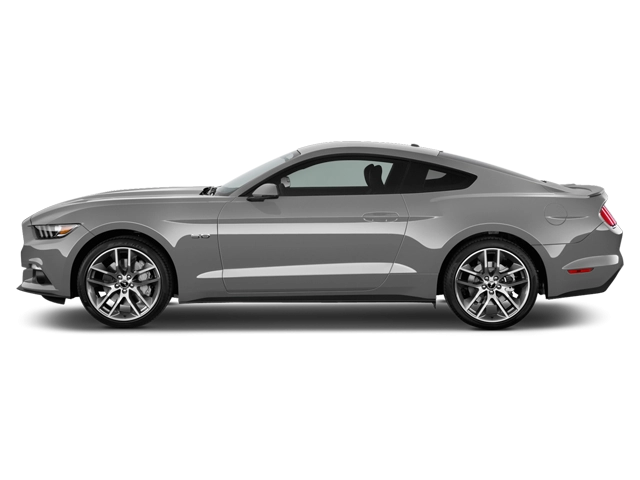2008 Ford Mustang Owner's Manual

Table of Contents
2008 Ford Mustang Overview
Introduction
The 2008 Ford Mustang carries forward the iconic American muscle car legacy, fusing retro styling with modern engineering. It brings an unmistakable presence on the road with its bold lines and aggressive stance, while offering an array of features that blend performance, comfort, and technology. With a penchant for power and an exhilarating driving experience, the 2008 Mustang appeals to enthusiasts and casual drivers alike.
Powertrains
The 2008 Mustang is available with two robust powertrains. The base model is equipped with a 4.0-liter V6 engine that generates 210 horsepower, ensuring lively acceleration and a responsive driving experience. For those seeking more muscle, the GT variant boasts a 4.6-liter V8 engine that roars to life with 300 horsepower, delivering a thrilling performance that truly captures the essence of American muscle. Both powertrains come with a choice of a five-speed manual or a five-speed automatic transmission, allowing drivers to customize their driving experience.
Trims
The Mustang is available in several trims, primarily the V6 and GT models, each catering to diverse preferences. The V6 trim offers an excellent balance of power and efficiency, while the GT trim elevates the experience with enhanced performance features and distinctive styling cues. Additionally, the California Special package offers unique aesthetics and performance enhancements for buyers looking to stand apart.
Features
Equipped with a variety of features, the 2008 Ford Mustang emphasizes comfort and connectivity. Standard amenities include air conditioning, a stereo system with CD player, and power windows. Optional features such as leather upholstery, a premium sound system, and advanced navigation cater to those wanting a more luxurious experience. Safety is also a priority with standard front airbags, stability control, and available anti-lock brakes.
Owner's Manual
User manual download
The Ford Mustang owner manual for the 2008 model year is to be found in PDF downloadable format on this page. The owner manual for the model year 2008 is free and in English, but the repair manuals are usually not easy to get and may cost more.
Manual Questions
Fill the form below and someone will help you!

